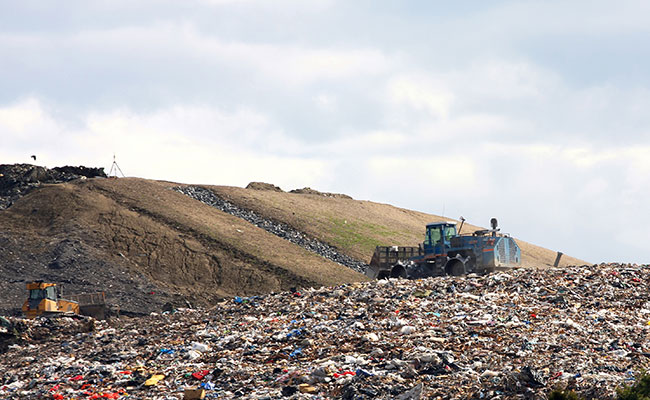History
However, landfills are a comparatively new phenomenon when compared to the amount of rubbish we generate in modern life. As recently as the early 20th century, most individuals threw trash out of the windows. Cities began to explore for strategies to deal with the problem of rubbish piling up in urban areas. The first landfill-like solution was put into place in California in 1935, although it differed greatly from today’s landfills.
Gas & chemicals can easily escape from early landfills into the atmosphere, soil, and groundwater. In the 1950s, scavengers had easy access to a big area of rubbish that was spread out across a large area. The pigs were also allowed to graze on the garbage for the duration of their confinement. The trash was burned after it had been thinned out by scavengers and pigs. Many environmental & sanitary difficulties with these landfills, including air pollution from burning, the lack of hygiene of pigs, and pollution pouring into the nearby ecosystem, were a problem.
More and more people are choosing to use contemporary landfills since they are considerably more sanitary and environmentally friendly. It is common practise to line landfills with high-density plastic and clay to prevent leachate – a liquid waste from a landfill that contains contaminants including such volatile organic compounds, nitrogen,, chloride, solvents and phenols – from seeping into the soil below. This prevents the soil from becoming contaminated with these pollutants. Instead, leachate is collected and transported to a treatment facility via pipes. Methane generated by decomposing organic debris is also collected via gas extraction wells, which are prevalent in modern landfills. Electricity is generated by first treating the methane and then burning it. Compacted rubbish is brought to the site every day, where it’s stored in cells of various sizes, each one covered in an outer layer of tarps or soil. It’s time to start over with a fresh cell when one is full. To finish the landfill, additional clay & plastic liners are placed on top of the cells, and then two feet of soil, grass, or other plants are placed on top of that.

Regulation
According to the Resource Conservation & Recovery Act (RCRA), which is the principal law governing landfills in the United States, both non-hazardous and hazardous trash must be properly disposed of. It was signed into law in 1976 and governs both Municipal Solid Garbage Landfills (MSWLF) and Industrial Waste Landfills (IWL), that receive household waste as well as some industrial waste. The RCRA Subtitle D was signed into law in 1976. Subtitle C of a RCRA mandates that hazardous waste be disposed of in separate landfills.
There have been numerous revisions to Subtitle D’s laws since its inception in 1976, including those pertaining to landfill design, placement, corrective action, and eventual closure. States have an important role to play in making sure that federal requirements are followed, and they can also impose extra limits, resulting in differences in how well states manage waste. Under this subheading, consideration is given to neighbouring airports, floodplains, wetlands, & seismic activity zones when determining location limits. Procedures for environmental factors such water runoff, air quality and disease vectors are put in place before any work begins. Subtitle D’s standards for new MSWLF liners, the closing of landfills, and groundwater monitoring are also important.





